Tourist Places Information - Kodaikanal Tamilnadu
Kodaikanal is During 1821, Lieutenant B. S. Ward, a British surveyor was, the first European to visit Kodaikanal, who was on the lookout for a healthy place to live, for the foreign missionaries working in Madurai and the surrounding areas to escape from the summer heat and epidemics.
The early visitors to Kodaikanal, had to travel by horse, bullock cart or palanquin. The forest were infested by robbers and wild animals, and yet it became very popular with the elite families, because of the wonderful climate and clean air.
In 1834, the Collector of Madurai climbed up from Devadanapatti and built a small bungalow at Kodaikanal. By the second half of the 19th century, churches and other colonial structures started popping up in and around Kodaikanal. Examples of some beautiful structures are the Union Church built in 1895, and a large number of private bungalows.
In 1863, Sir Vere Hendry Levinge, the Collector of Madurai, created the 60 acres Kodai Lake by damming three streams flowing through. He stocked the lake with fish. He also brought the first boat from Tuticorin. A boat club was formed in Kodaikanal in 1890. Since May 1929, the club has permitted tourists to join the club as temporary members and avail of boating facilities.
Missionaries established church properties. Many of the ruling princes built summer holiday-homes. Clubs, school and hotels came up. Civic amenities were introduced. Kodaikanal developed slowly, but steadily. They also established the famous Kodaikanal International School.
The extension of the railway line from Chennai to Tirunelveli (598 kilometres) made Kodaikanal really popular. A station was built at Ammainayakkanur - 80 kilometresfrom Kodaikanal. (This was later renamed Kodai Road.) The first steam engine arrived in 1875 and made the journey to Kodaikanal far easier. Though construction of the road was completed in 1914, it was opened to the public only two years later - in 1916. And suddenly, Kodaikanal was thrown open to the general public and tourists started flocking the area in large numbers.
Area: 21.45 km²
Weather: 12°C, Wind N at 3 km/h, 100% Humidity
Vehicle registration: Tamil Nadu
Population: 36,501 (2011)
Colleges and Universities: Mother Teresa Women's University, International School of Business & Research, Kodaikanal.
Lake Kodaikanal
One of the main attractions for the tourists of Kodaikanal is the Kodai lake which is at a distance of 3kms from the bus stand. In 1863, Vera Levinge, a former District Collector of Madurai settled in Kodaikanal after his retirement. He was the man of resource and creative ideas for this lake. By spending his own money he converted the marshy land with several streams of lake by constructing a strong bund and brought boats from Tuticorin. It is reported that the foreign resident's even used to swim in the lake.
The lake is situated at 10 deg 14' n latitude and 77 deg 28' longitude at an elevation of 2285m above sea level and it looks magnificent with star shaped glittering water, in the midst of evergreen lush slopes. The hills receive the rainfall during North-East Monsoon months of October, November and December. The lake is spread over 60 acres and surrounded by fine tarred road of 5 kms length, the maximum depth in 1962 was 11.5m but it is now about 9m due to siltation. The average depth is 3.0m. The boat club provides boats for hire. There are luxury boats also. The famous Carlton hotel is facing the lake and the hotel is having their our boats for their customers.
Today lakhs of tourists walk around, sail on, ride on horses & cycles and admire the lake. Fishing can also be done obtaining permission from Inspector of Fisheries. Ponyrides by children and adults walking around the lake are part of Kodai Holiday.
The lake at Kodai is beautifully landscaped and it appears to be de rigueur for Indian families to get out on a boat. Both the Kodaikanal Boat and Rowing Club and Tamil Nadu Tourist Development Corporation hire similar boats for similar prices: Rs. 20 to 40 for a two-seater pedal boat to Rs. 125 (including boatman) for a kasmiri shikara (covered gondola - like boat) for 30 minutes.
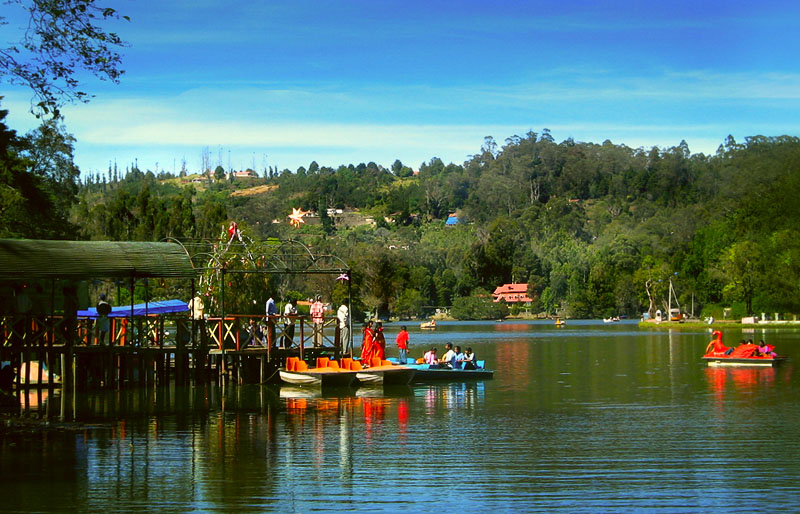


Bryant Park
Bryant Park is worth a visiting, and will add on to your relaxation if you take an interest in botany. It is a botanical park situated on the eastern side of the lake. It is noted for flowers, hybrids and grafts. Cut flowers are exported from here. A glass house which shelters over fine varieties of flowers can be seen here.
The earliest residents of Kodaikanal were the Palaiyar tribal people. The earliest specific references to Kodaikanal and the Palani Hills are found in Tamil Sangam literature of the early Common era. Modern Kodaikanal was established by American Christian missionaries and British bureaucrats in 1845, as a refuge from the high temperatures and tropical diseases of the plains. In the 20th century a few elite Indians came to realise the value of this enchanting hill station and started relocating here.
Tourism has been impacted by industrial pollution issues including the closure of a mercury factory owned by Uni-lever's Indian subsidiary Hindustan Uni-lever after evidence of widespread mercury pollution. To date no proper clean-up operation has been mounted. The issue gained prominence in early 2015 when "Kodaikanal Won't", a rap music about mercury pollution in the region went viral globally getting more than a million views in 4 days.



Green Valley View
Previously recognized as Suicide point, the place has its new nomenclature and is known as Green Valley View, which is an exotic destination for the tourists visiting Kodaikanal. The Green Valley View offers to proffer pictorial and scenic sight of valleys, plains, hills and Vaigai dam. The unfathomable, profound, precarious and intense valley below this location is more than a 5000 foot drop, enabling a perfect and clear sight. People with height phobia should refrain themselves to visit the location. The recommended timing to view this site is after 10 in the morning and before 3 in the afternoon, as the valley is enveloped by mist, apart from the recommended timeline.

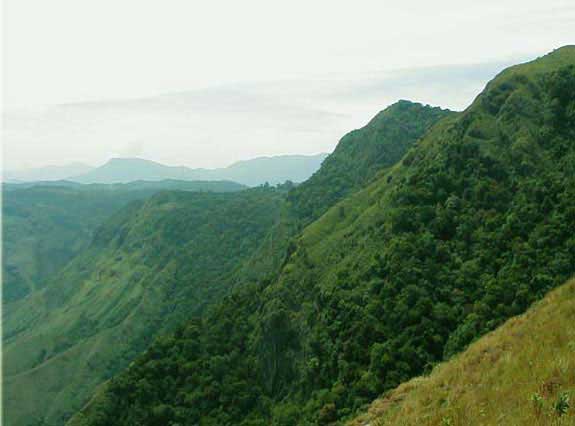

Kurinji Andavar Temple
Located around 3km away from the pristine Kodaikanal Lake is the Kurinji Andavar temple. Dedicated to Lord Murugan, the shrine is considered to be highly respected and reputed sanctified place in the Kodai region. The temple was built by Leelavathi Ramanathan; who was European but later adopted Hinduism.
The Kurinji Andavar temple derives its name from a flower named Kurinji. The shrine is also renowned as the “God of Hill”, as in Tamil literature Kurinji means ‘hill region’ and Andavar means ‘God’. Devotees from all parts of the globe visit the temple and offer sincere prayers.



Solar Physical Observatory
The Institute was formed in 1972 from the amalgamation of earlier institutions:
The University Observatory, founded in 1823. Its Cambridge Observatory building now houses offices and the department library.
The Solar Physics Observatory, which started in Cambridge in 1912. The building was partly demolished in 2008 to make way for the Kavli Institute for Cosmology.
The Institute of Theoretical Astronomy, which was created by Fred Hoyle in 1967. Its building is the main departmental site (the Hoyle Building), with a lecture theatre added in 1999, and a second two-storey wing built in 2002.

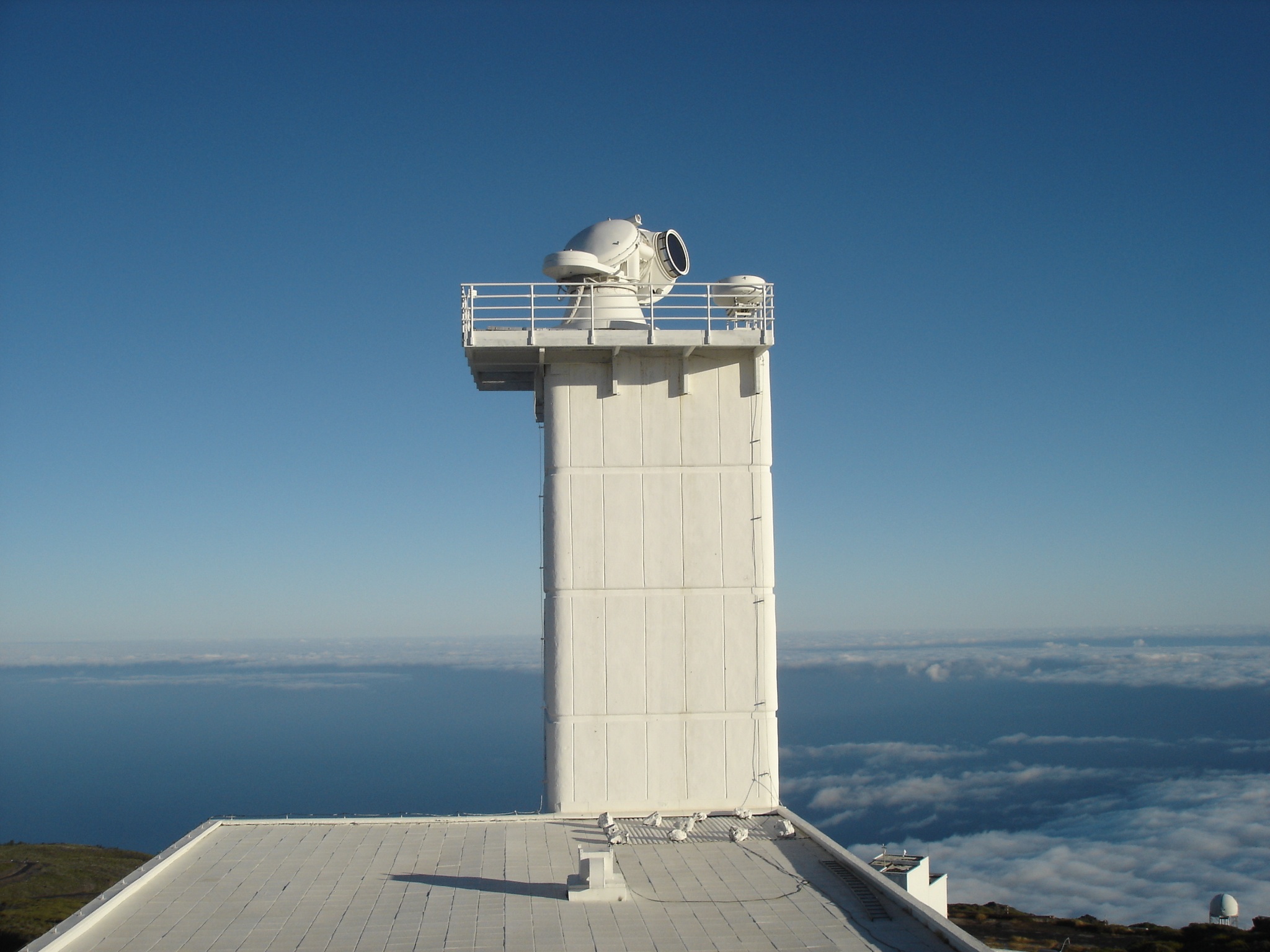

Telescope House
Telescope House To enable the visitors to have a panoramic view of the valley and nearby towns, a telescope house is at Coakers walk. Entrance fee is collected per head to see through the telescope.
Telescope house has been designed for the benefit of the sightseers and it covers a extensive scene including Sothupparai Dam, Vaigai Dam, Periyakulam and more.?
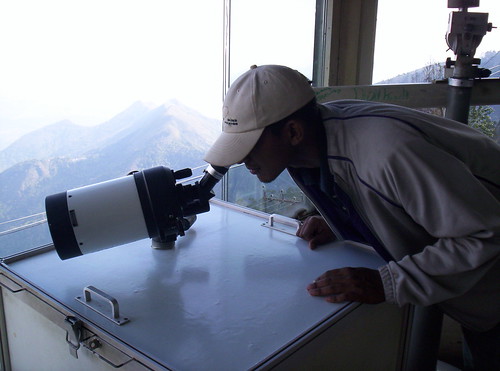
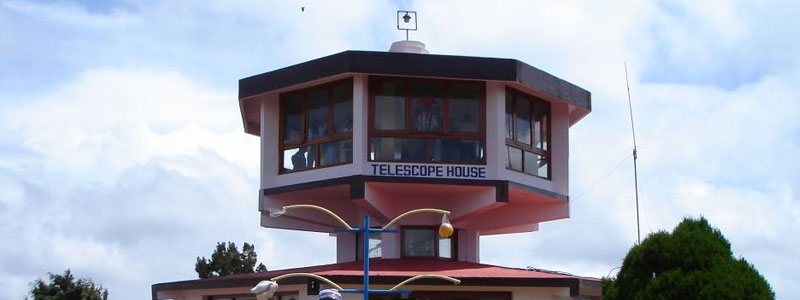

Dolphin Nose
Dolphin's Nose, 8 kilometres (5.0 mi) from the bus stand, is flat rock projecting over a breathtaking chasm 6,600 metres (21,700 ft) deep. It is an undisturbed area 1 kilometre (0.62 mi) down a very steep rocky trail beginning soon after Pambar Bridge. Orange juice vendors along the trail offer a welcome rest stop. Beautiful views of steep rocky escarpments rising from the plains can be seen. The old village of Vellagavi can be reached through a rugged bridle path here. A short paved walkway leads from the road here to Pambar falls (which is also locally addressed as 'Liril Falls' after the famous Liril Soap Advertisement filming in 1985).



Thalaiyar Falls
This is also called as a Rattail falls,The widest falls ranging from 13th Kilometer on the Ghat road to Kodai. It is one of the highest falls in India, with their 975 feet drop.
We were very much interested to visit thalaiyar falls when we saw some photos in the flickr by a foreigner (who is a professor by profession). We were searching for people who can help us in reaching this place. Inquiry started inside office. Luckily our colleague (Suresh) whose native is near to that place called "Pullakkapatti". We approached him and got our tickets booked to reach to that place. Since its a dense forest we were in little confusion without knowing any routes. Heard from local villagers that the dense forest contains of Bison, Wild Boar, Snakes, Cheetahs (not confirmed), Fire Ants at all times and Blood Sucking Leeches during rainy season. Managed to get prepared for the trip with what ever we can manage.
We reached Dindugal on 13-03-2010 and took some rest in his house. We started to trek in a small mountain to get prepared for the next day trek. Had little fun in near by village by taking bath in the flowing water from thalaiyar falls, having coconut water, talking and walking, traveling in Pat Pat etc.


